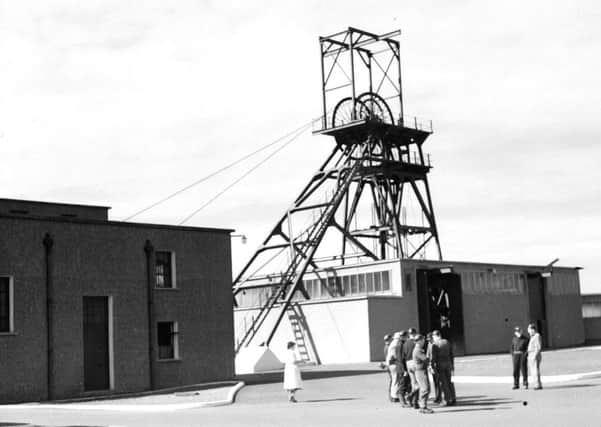Old mines offer hope of cheaper heat for homes


More than half of all energy used in Scotland goes towards heating, and it is also responsible for nearly half of the nation’s total greenhouse gas emissions.
Scots stump up as much as £2.6 billion every year to warm homes and businesses, with official figures suggesting that around 845,000 households suffer from fuel poverty.
Advertisement
Hide AdAdvertisement
Hide AdNow, if a pioneering new scheme gets the go-ahead, around 700 households in one of Scotland’s most disadvantaged areas could benefit from a cheaper and greener source of warmth than they currently rely on.
And the secret lies in the legacy left behind from Scotland’s coal-mining past, according to experts.
In a joint effort with local councillors, scientists from the James Hutton Institute are exploring the possibility of creating a cutting-edge geothermal district heating system in North Lanarkshire by tapping the warmth of underground floodwater at the disused Kingshill Colliery at Allanton.
Though commonplace across much of Scandinavia, district heating systems are a relatively novel concept in Scotland. The same applies to geothermal power.
Two existing installations currently tap mine water in Scotland: Shettleston in east Glasgow and Lumphinnans in Fife. Both are small schemes, each serving fewer than 20 dwellings, and have been operating since approximately 2000.
Geologist and astrobiologist Dr Jelte Harnmeijer, who is head of renewable energy at the James Hutton Institute, is leading studies into the proposed scheme.
“Most geothermal energy in the world goes to electricity, but we use and need way more energy for heat than for electricity,” he said.
“And Scotland is pretty cold so we use a disproportionate amount of energy for heat compared to many of our European cousins.
Advertisement
Hide AdAdvertisement
Hide Ad“This isn’t just geothermal. It’s a very special type of geothermal – from minewater, where energy is associated with collapsed and abandoned mine workings. It’s a pretty new idea. It’s more about thinking of abandoned mines as a resource rather than a liability.”
A network of abandoned mines lies under many parts of central Scotland. A 2013 study by the British Geological Survey highlighted former pits as a huge potential resource for providing low-carbon heating.
Dr Harnmeijer said: “To me it’s about much more than just this one project. It’s about the overall potential – of the central belt in particular, which has a lot of complex mines.
“It’s a bit of an oversimplification but places that have the best mine resources are also the places with the greatest fuel poverty.”
Des Murray, head of housing property at North Lanarkshire Council, said: “These plans are quite tentative at this moment, but could potentially be an exciting development for the area if it proves possible.”